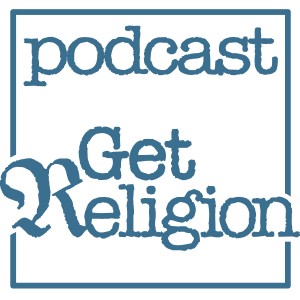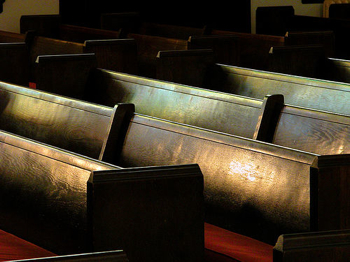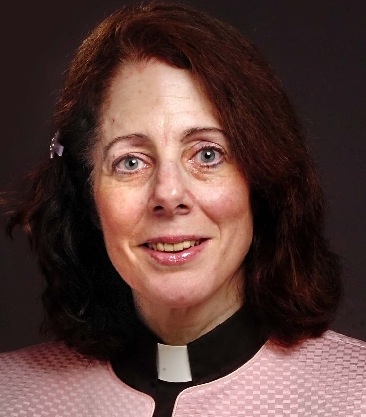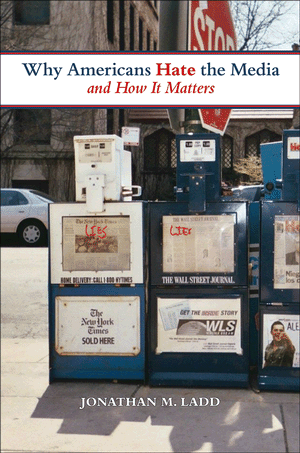One of the rules here at GetReligion is that we really, really try to understand the limitations that shape the work of many mainstream journalists in this era.
After all, we have been there and done that. We have had editors cut stories. We have been told to write 500-word daily stories on subjects that, to do them justice, would require 4,000 words and a month’s work of research. We feel your pain, fellow journalists.
Thus, we try to avoid criticizing a story by saying that it should be twice as long. If we spot a massive hole in a story — a religion-shaped hole — we try to propose ways that a time- and space-strapped reporter could fill it with a sentence or two or, or maybe a paragraph or two, of content. All journalists yearn for more reporting time and more inches of type in which to display the results.
However, I am about to break that rule.
Maybe it’s because I love the city of Nashville and know a thing or two about the people there, but that short news story in The Tennessean about the new atheist congregation in hip East Nashville — “Sunday Assembly’s atheist gathering looks a lot like church” — really needed more content. Yes, this is another localized story spinning off all of the coverage of the small Sunday Assembly on the other side of the big pond.
Launched in London just over a year ago by comedians Sanderson Jones and Pippa Evans, the group has grown to 37 Sunday Assemblies across the United Kingdom, Australia and the United States. Of the 16 in this country, Nashville is arguably the most unlikely location. The group meets a few miles from the headquarters of the nation’s largest Protestant denomination, the Southern Baptist Convention.
Organizers say they’re tapping into the “nones,” what religion demographers call the one-fifth of Americans who claim no religious affiliation. That group is on the rise, Pew Research Center data show, and includes atheists and agnostics but, in larger numbers, people who simply don’t identify themselves with any particular philosophy.
Sunday Assembly began meeting in Nashville in November and has faced little criticism from locals, even the most religious.
The news hook for the story? Jones the co-founder was in town for a filming session for a CNN show. What a shock.
Otherwise, the whole story — this is valid, methinks — focuses on how this non-church looks like a church once you walk inside the doors. Has anyone seen a story about one of these groups in which this was not the case?
All together now:














